Introduction

In the vast culinary landscape of Asia, few dishes evoke such a polarized response as smelly tofu, a beloved street food staple across China, Taiwan, and parts of Southeast Asia. Known for its pungent aroma and savory taste, smelly tofu is an acquired taste that many either love or hate with unwavering conviction. At the heart of this divisive delicacy lies its signature broth—a complex, flavorful liquid that amplifies the unique characteristics of the fermented tofu. This article aims to demystify the process of crafting the perfect smelly tofu broth, guiding you through the intricacies of traditional methods while incorporating modern twists for a more accessible and enjoyable experience.
Understanding the Basics: What is Smelly Tofu?
Before diving into the broth-making process, it’s crucial to understand the foundation upon which this dish stands: fermented tofu. Smelly tofu, also known as stinky tofu or stinky bean curd, is made by fermenting tofu blocks with specific bacteria, often in a brine solution containing various spices and ingredients. This fermentation process gives the tofu its characteristic strong odor and flavor, which can range from subtly earthy to intensely pungent.
The fermentation environment, duration, and ingredients used significantly influence the final taste and aroma of the tofu. In some regions, the tofu is left to ferment naturally, exposed to ambient microorganisms, while others employ starter cultures to control the fermentation process more precisely.
The Art of Broth Making: Ingredients and Preparation
Crafting the broth for smelly tofu is an art form that balances acidity, saltiness, umami, and a hint of sweetness. Here’s a step-by-step guide to achieving that perfect balance:

Selecting the Right Tofu:
Start with high-quality fermented tofu. Look for blocks that are firm yet slightly soft to the touch, with a consistent texture throughout. The smell should be strong but not overwhelmingly offensive—this indicates proper fermentation. Avoid tofu that appears overly dry or cracked, as it may have lost moisture and flavor during storage.
Preparing the Base:
The broth’s base typically consists of a combination of water, soy sauce, and rice vinegar or another type of vinegar. The ratio will depend on your personal preference for acidity and saltiness. A good starting point is a 5:2:1 ratio of water, soy sauce, and vinegar, respectively. Adjust accordingly to taste.
Adding Depth with Aromatics:
To add layers of flavor, incorporate aromatic vegetables and spices. Garlic, ginger, and shallots are staples, providing a base of sweetness and heat. You can also experiment with star anise, cloves, and cinnamon for a hint of warmth and complexity. These ingredients should be lightly toasted before adding to the broth to release their oils and intensify flavors.
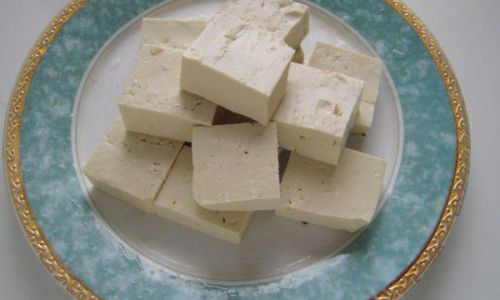
Fermented Ingredients for Authenticity:
Authentic smelly tofu broth often includes fermented ingredients like Chinese black beans, pickled vegetables, or even a splash of fermented tofu juice from the fermentation process. These elements add a unique, tangy depth that sets the broth apart. If using fermented tofu juice, strain it to remove any solid particles before adding to the broth.
Seasoning with Umami:
Umami is key to the broth’s appeal. Consider adding fish sauce, shrimp paste, or even a small piece of dried seaweed to boost the savory notes. These ingredients work in harmony with the soy sauce to create a rich, satisfying taste.
Simmering and Blending:
Combine all ingredients in a large pot and bring to a gentle simmer. Allow the broth to cook slowly, uncovered, for at least an hour to allow flavors to meld and develop. Stir occasionally to prevent sticking and to ensure even cooking. Once the broth has reached your desired flavor profile, you can strain it to remove solid particles for a clearer, smoother texture. Alternatively, for a more rustic, hearty broth, leave the aromatics in.

Adjusting Consistency and Flavor:
Taste the broth periodically during simmering and adjust seasoning as needed. If it’s too tangy, add a pinch of sugar or a bit more water. If it lacks depth, consider adding more soy sauce or umami-rich ingredients. Remember, the broth should be bold enough to stand up to the strong flavor of the fermented tofu but not overpower it.
Finishing Touches:
Before serving, consider adding a touch of freshness with chopped green onions, cilantro, or a drizzle of sesame oil. These elements brighten the broth and provide a welcome contrast to its rich, savory profile.
Innovative Variations and Modern Twists
While traditional methods are crucial for authenticity, there’s room for creativity in the world of smelly tofu broth. Here are a few innovative variations to inspire your culinary experiments:
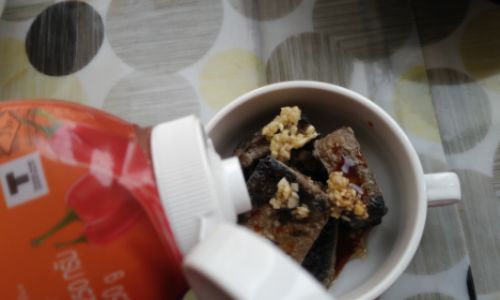
- Infusing with Herbs: Incorporate fresh herbs like basil, mint, or cilantro stems during simmering for a herbal twist.
- Using Bone Broth: Substitute part of the water with homemade chicken or pork bone broth for added richness and body.
- Incorporating Fermented Fruits: Experiment with adding a small amount of fermented fruits like plums or apricots for a unique sweetness and tang.
- Spicy Kick: For those who love heat, add a few chili peppers or a splash of chili oil to the broth.
- Vegetarian Options: Use vegetable broth as a base and enhance with miso paste, nutritional yeast, or other plant-based umami sources.
Conclusion
Crafting the perfect smelly tofu broth is a journey that requires patience, attention to detail, and a willingness to experiment. By understanding the basics of fermented tofu and the key ingredients that contribute to the broth’s flavor profile, you can create a dish that is both authentic and uniquely your own. Whether you stick to traditional methods or embrace innovative twists, the end result will be a broth that elevates smelly tofu from a divisive street food to a culinary masterpiece worthy of any table.
Remember, the beauty of cooking lies in its ability to connect people through shared experiences and flavors. So, gather your ingredients, roll up your sleeves, and embark on a culinary adventure that promises not only delicious results but also a deeper appreciation for the art of fermentation and broth-making. Happy cooking!

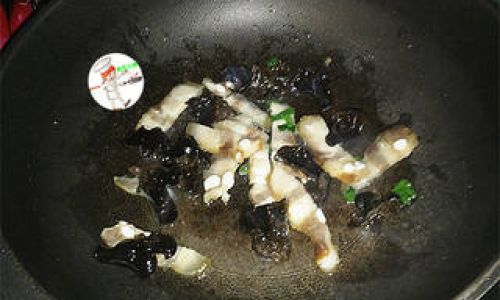
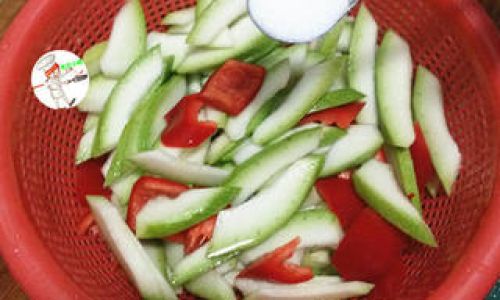
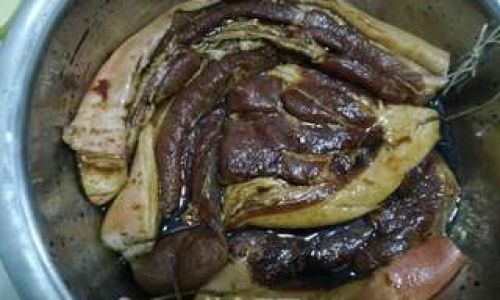

0 comments